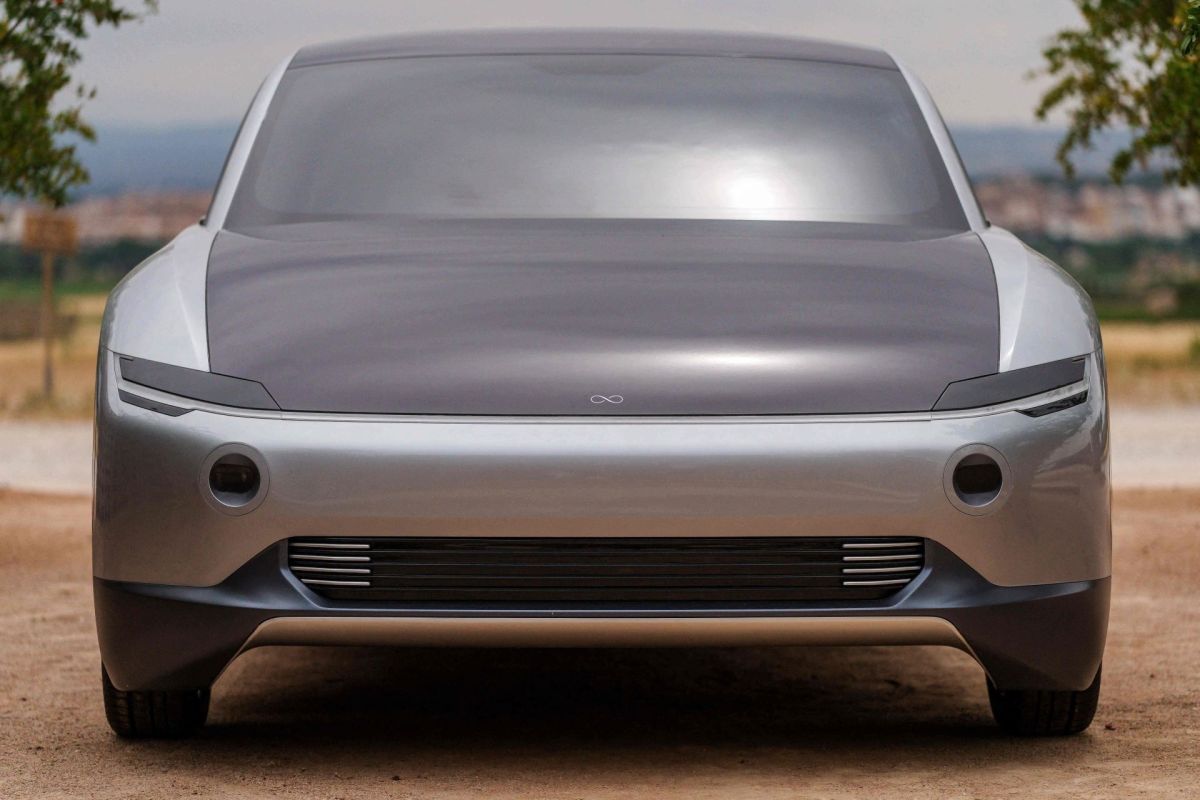A report published by GlobalData found that solar may be the new reach for electric vehicles in the coming years. The study revealed that in the past three years, over 1.2 million patents have been filed and granted in the automotive industry and that this number is not expected to stop anytime soon.
Solar-powered EVs can be partially or fully powered via self-contained solar cells. Like the solar arrays on homes, these cars would store excess power in batteries and use it to power the vehicle when other sources are unavailable.
The study also revealed that there is a massive diversity in the companies applying for and receiving these patents. The patent owners include over 100 tech vendors, established automotive companies, and startups.
One of the most prominent players in solar-powered EVs is Toyota. The 2023 Toyota Prius has rooftop solar panels, which can generate as much electricity as needed to drive over 1,000 miles in a year, or four miles from a parking-lot charge while at work — which is solid but leaves plenty of room for innovation.
Toyota's rooftop solar array can be used to power the battery cells in addition to traditional at-home charging or station charging systems. Other relevant solar EV research and development brands include Hyundai, Ford, Husqvarna, and Panasonic.
Solar-powered vehicles have a lot of potential to become the EVs of the future. Solar-powered EVs do not produce any dirty pollution, and the cost to maintain the vehicle is typically lower than that of an internal combustion engine. Solar-powered cars can outlive an internal combustion engine vehicle like other EVs, further incentivizing long-term investment.
Despite these numerous benefits of solar-powered cars, there are numerous hurdles that companies will have to overcome to make the solar-powered EV a transportation mainstay. One significant barrier is the limited amount of energy that solar panels can take in. Since this is impacted by the number of sunlight hours, many of these vehicles would have to rely on supplemental power sources.
The technology is also in its infancy, so more development is needed to make these vehicles cost-effective for customers. However, the new research and development that is in progress indicate the opportunity for innovation and getting more of these vehicles on the road.
Join our free newsletter for cool news and actionable info that makes it easy to help yourself while helping the planet.









